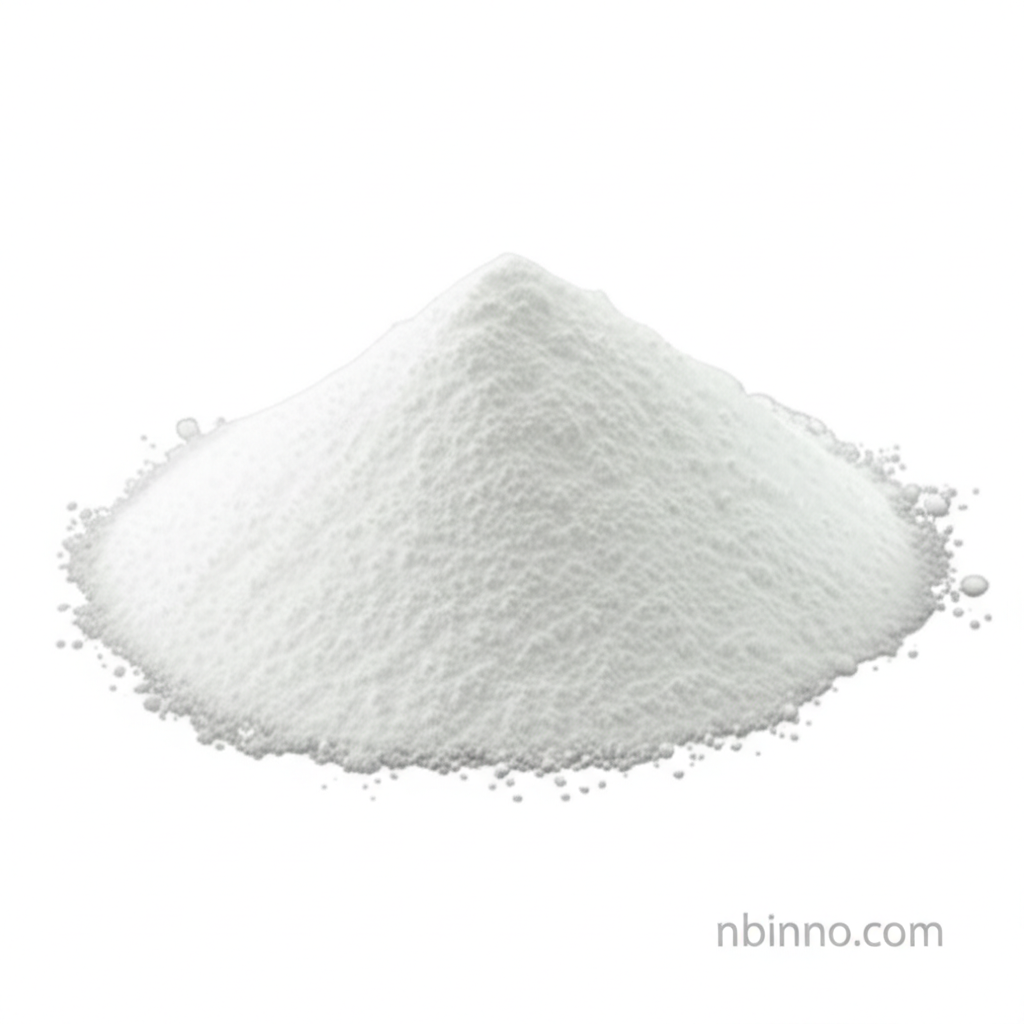2,8-Dichloroquinoline: A Crucial Intermediate for Advanced OLED Materials
Discover the essential properties and applications of 2,8-Dichloroquinoline, a vital building block for cutting-edge OLED technology. Explore its role in enhancing device performance and its significance in the field of organic electronics.
Get a Quote & SampleProduct Core Value

2,8-Dichloroquinoline
As a leading supplier in China, we provide high-purity 2,8-Dichloroquinoline, a critical intermediate for the synthesis of advanced organic light-emitting diode (OLED) materials. Our commitment to quality and innovation ensures that our products meet the stringent demands of the electronics industry.
- Leveraging 2,8-Dichloroquinoline CAS 4470-83-1 for advanced OLED material synthesis, we offer unparalleled purity and consistency for your research and development needs.
- Explore the properties of this key dichloroquinoline intermediate, understanding its molecular structure and chemical reactivity which are crucial for its applications in organic synthesis.
- As a reliable manufacturer in China, we ensure a stable supply of 2,8-Dichloroquinoline, supporting the continuous innovation in organic photoelectric materials.
- Discover the applications of heterocyclic compounds like 2,8-Dichloroquinoline in creating next-generation electronic devices and functional materials.
Product Advantages
High Purity Assurance
With a purity of 97% minimum, 2,8-Dichloroquinoline is ideal for demanding applications in OLED material synthesis, ensuring optimal device performance and reliability.
Versatile Chemical Intermediate
Its molecular structure makes it a versatile building block for complex organic molecules, enabling diverse applications in organic synthesis and material science.
Essential for OLED Technology
This compound plays a pivotal role in the development of new OLED materials, contributing to brighter, more efficient, and longer-lasting displays and lighting solutions.
Key Applications
OLED Material Synthesis
2,8-Dichloroquinoline is a critical precursor for synthesizing various organic light-emitting materials, enhancing charge transport and emission efficiency in OLED devices. Understanding OLED material synthesis is key to its effective use.
Organic Synthesis
Its reactive sites make it a valuable component in diverse organic synthesis pathways, allowing chemists to construct complex molecular architectures for various applications.
Photoelectric Materials
This compound contributes to the development of novel photoelectric materials, impacting fields from display technology to solar energy conversion.
Specialty Chemicals
As a specialty chemical, it serves niche but critical roles in advanced chemical manufacturing and research, supporting innovation in material science.
